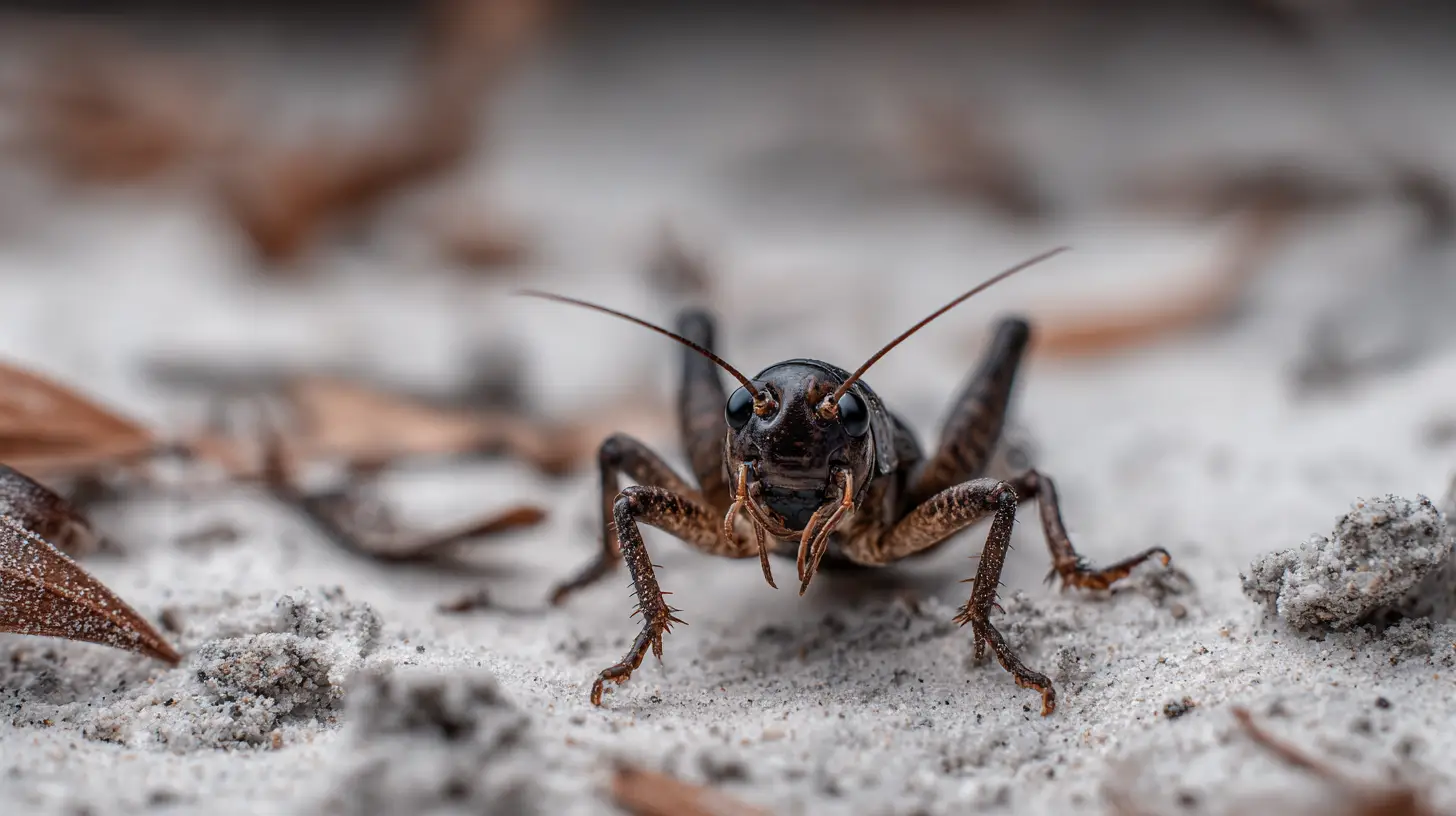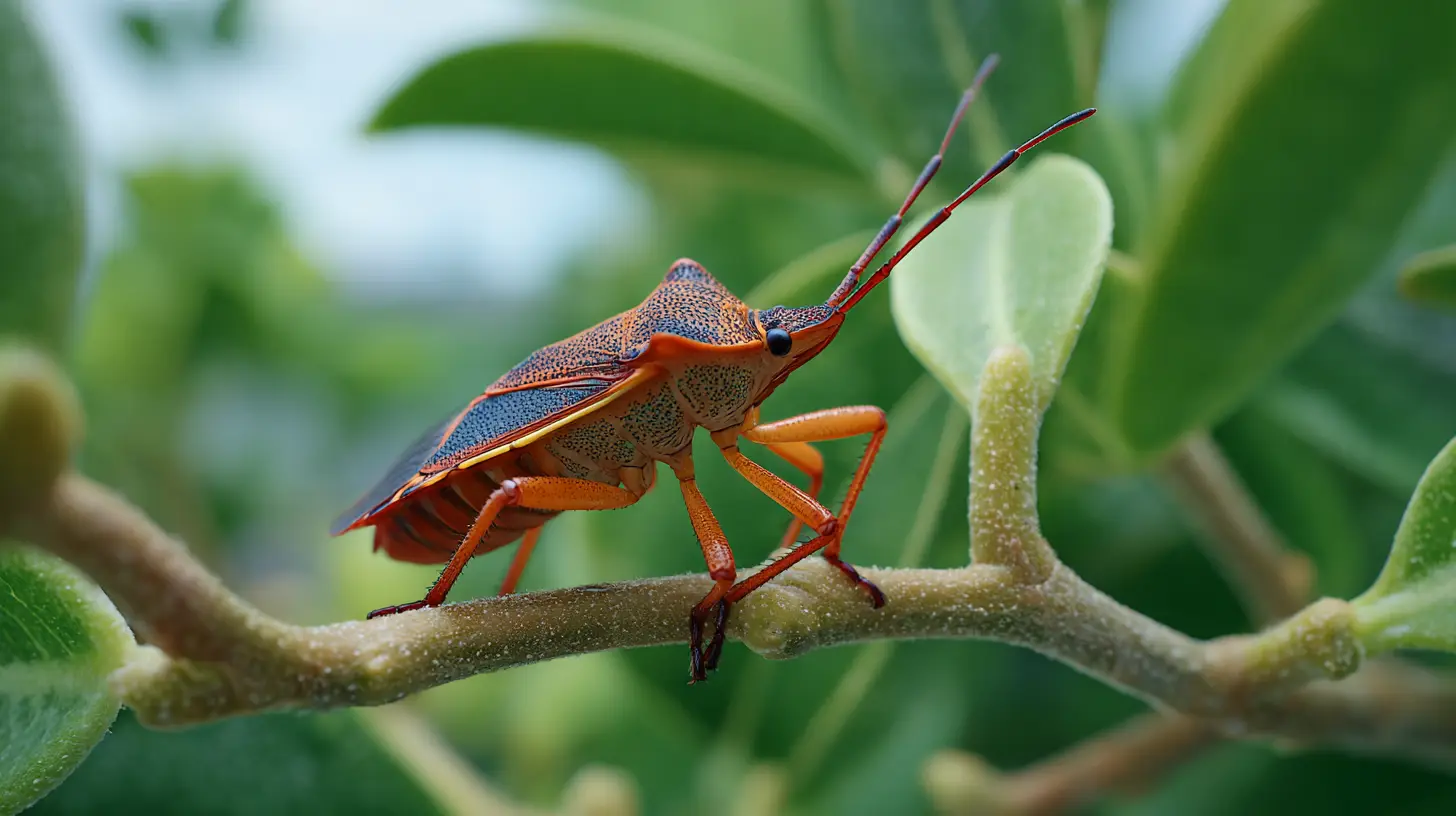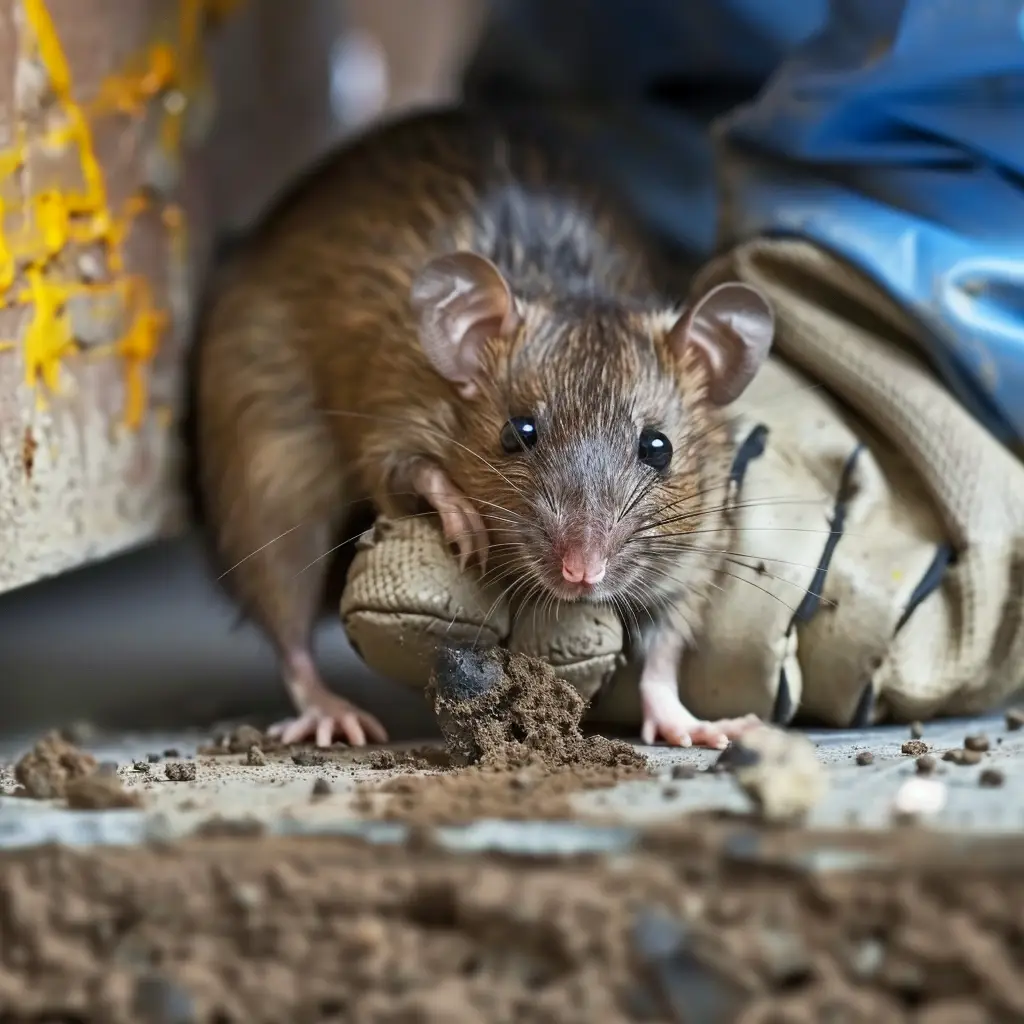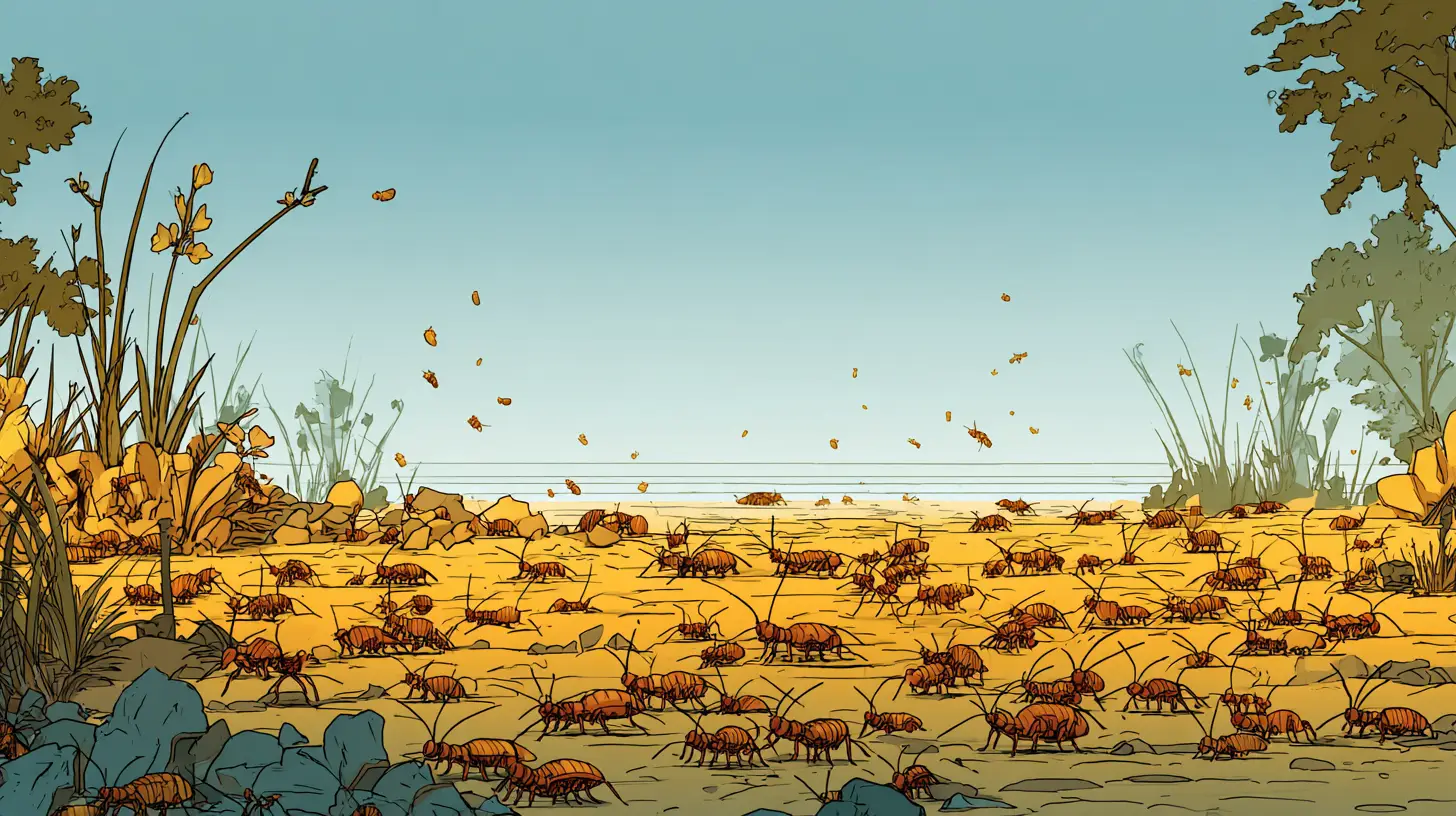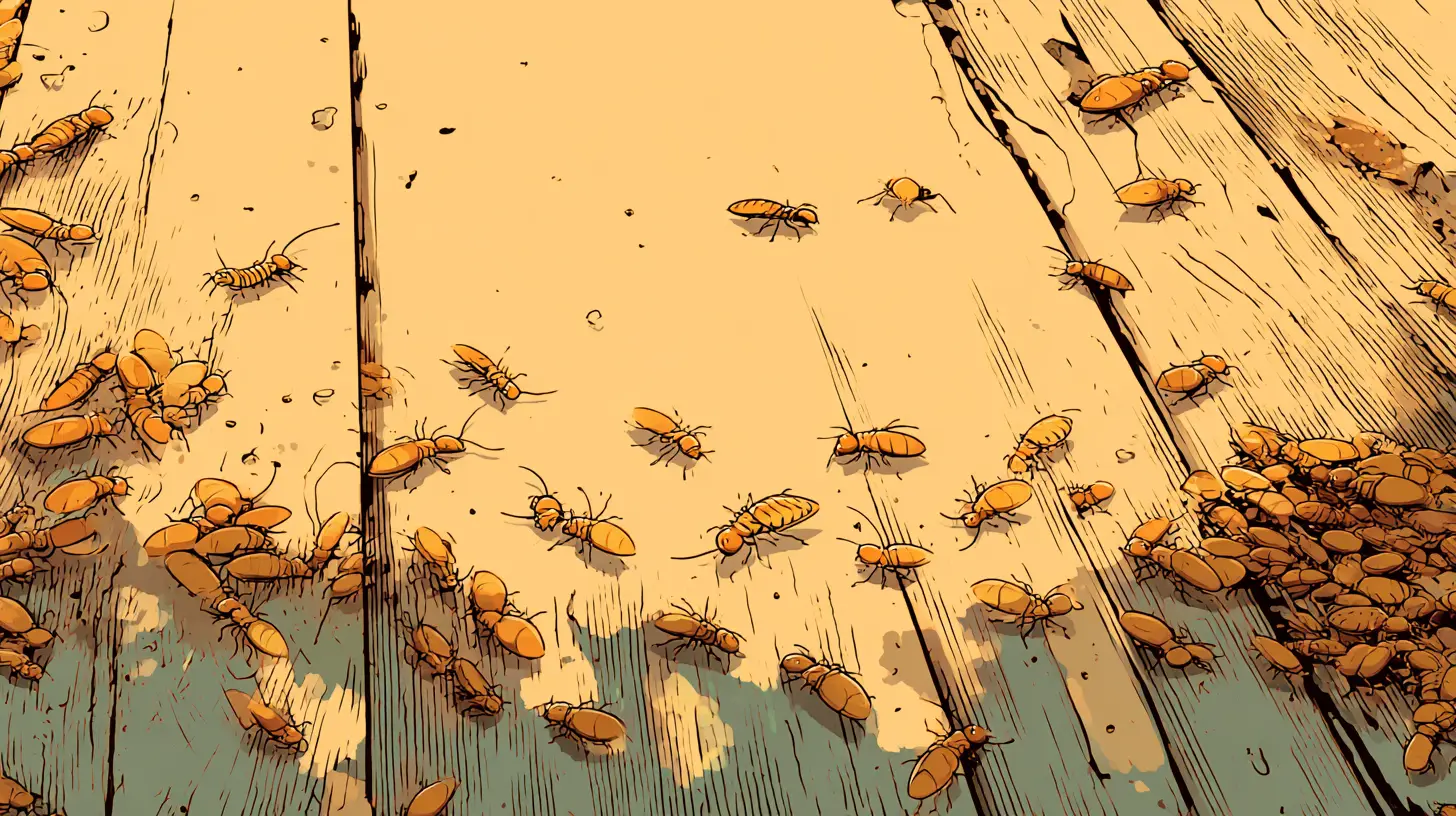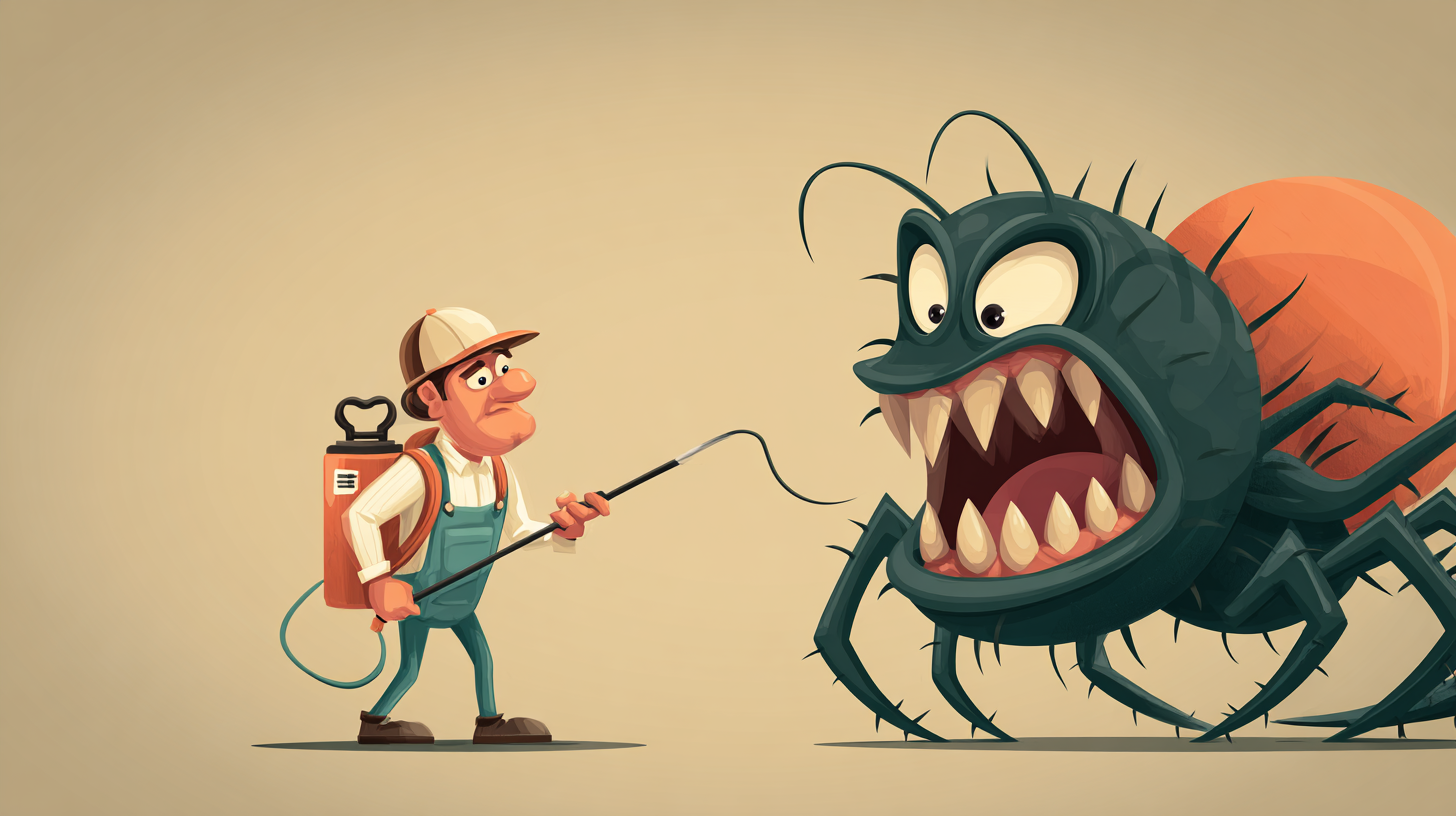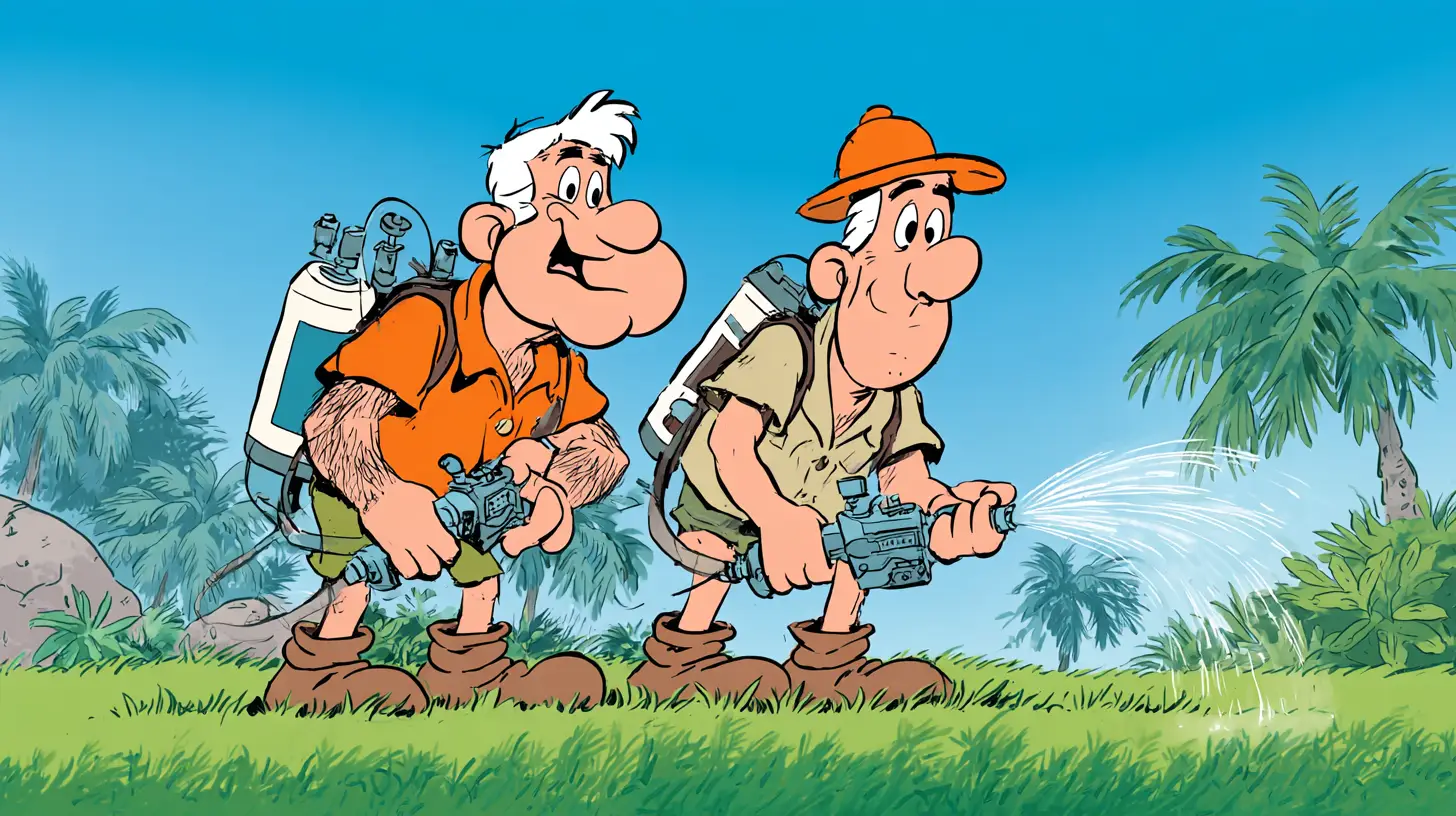
Table of Contents
If you’ve lived in Lakewood Ranch for more than a year, you’ve probably experienced the joy of driving through what looks like a biblical plague of small black bugs that splatter across your windshield like tiny kamikaze pilots. Welcome to love bug season – one of Florida’s most uniquely annoying natural phenomena.
These little insects with the unfortunately romantic name have been a fixture of Southwest Florida life for decades, turning routine drives into exercises in automotive carnage twice a year. But here’s something interesting that longtime residents are starting to notice: there seem to be fewer of them lately.
Are love bugs actually disappearing from our area? And if so, should we be celebrating or worried?
Let’s talk about what love bugs actually are, why they’ve made our lives miserable for so long, and what their potential decline might mean for our ecosystem and your daily commute.
Key Takeaways
- Love bugs are beneficial despite being annoying. They’re pollinators and decomposers that contribute to ecosystem health, even though they create seasonal driving hazards.
- Population decline is real but unexplained. Multiple sources confirm fewer love bugs in recent years, but the causes remain mysterious and under-researched.
- Timing is everything for avoiding them. Peak activity occurs around 10:00 AM and stops at dusk, making early morning and evening travel much more pleasant.
- Quick car cleaning prevents damage. The acidic residue from love bugs can damage paint if left in the Florida sun, so prompt washing is essential after encounters.
- Broader insect decline concerns. Love bug population changes might indicate larger environmental issues affecting insect species regionally.
- Adaptation strategies remain important. Even with declining populations, residents should maintain strategies for dealing with love bugs during active seasons.
The goal is balancing practical pest management with understanding these insects’ ecological importance and what their population changes might signal about environmental health.
Meet the Love Bug: Florida’s Most Misunderstood Insect
Love bugs (scientifically known as Plecia nearctica) are not actually bugs at all – they’re small flies related to mosquitoes and gnats. Despite their reputation as flying nuisances, they’re actually completely harmless. They don’t bite, sting, or carry diseases. They’re basically the insect equivalent of that overly affectionate relative who means well but gets in everyone’s way.
These insects are about 1/4 to 1/3 inch long, with distinctive black bodies and red thoraxes that make them easy to identify. The “love bug” name comes from their mating behavior – once paired up, they fly together attached for hours or even days, which explains why you often see them in those annoying double formations covering your car.
Here’s the thing that might surprise you: love bugs are actually beneficial insects. They’re pollinators that feed on nectar from plants like sweet clover and goldenrod. Their larvae live in the soil and help break down dead vegetation, contributing to the natural nutrient cycle. So while they’re annoying, they’re actually doing good work for our ecosystem.
The Twice-Yearly Lakewood Ranch Love Bug Invasion
In Southwest Florida, love bugs follow a predictable seasonal pattern that’s become as reliable as hurricane season:
- Spring swarm: Typically peaks in May, lasting about 4-5 weeks Fall swarm: Usually hits in September, also lasting 4-5 weeks
During these periods, love bugs are most active during daylight hours when temperatures exceed 68°F. Their activity peaks around 10:00 AM and stops at dusk, which is why evening drives are usually much more pleasant during love bug season.
At night, they rest on low vegetation, so you won’t encounter flying swarms after dark. This timing has made nighttime travel a survival strategy for many Southwest Florida residents during peak season.
Why Love Bugs Turn Your Car Into a Crime Scene
The reason love bugs seem to have a vendetta against your vehicle isn’t personal – it’s just unfortunate biology. Love bugs are attracted to light-colored surfaces and the heat signatures of moving vehicles. They also tend to swarm near roadways, creating perfect storm conditions for automotive splatter.
When you drive through a cloud of love bugs, several things happen that make the experience uniquely awful:
- Immediate visibility problems: Their bodies splatter across your windshield, reducing visibility and creating a potential safety hazard.
- Paint damage risk: The acidic residue from squished love bugs can actually damage your car’s paint if left on for too long, especially in our intense Florida sun.
- Cleaning challenges: Once love bug residue dries on your car, it becomes much harder to remove, sometimes requiring special products or techniques.
- Volume overwhelm: During peak swarms, the sheer number of love bugs can be overwhelming, making it feel like you’re driving through a horror movie.
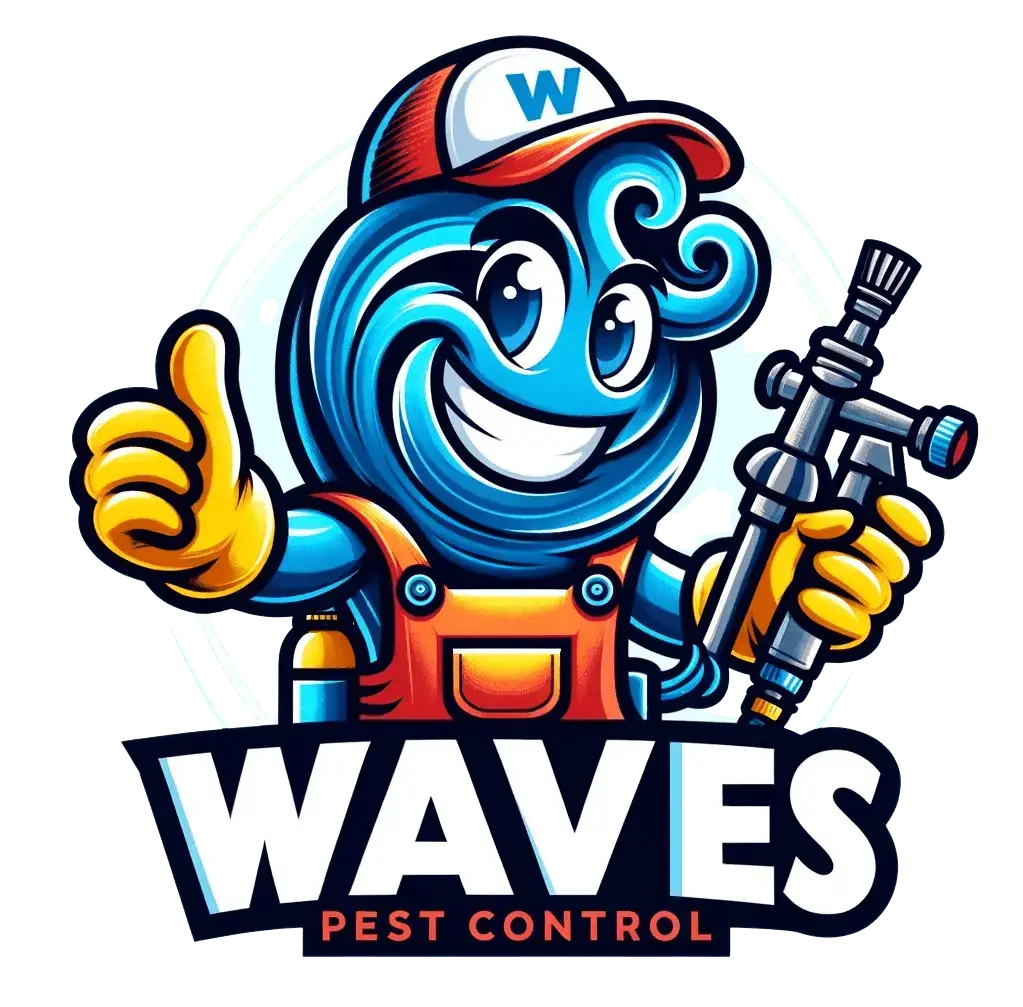
Get Pest-Free Today!
Trust Waves Pest Control for expert pest solutions in Florida. Call now or request your free quote online!
Request a QuoteThe Great Love Bug Mystery: Where Did They Go?
Here’s where the story gets interesting. Long-time Florida residents, including many here in Lakewood Ranch, have been reporting significantly fewer love bugs in recent years. The spring 2024 season was particularly notable for how few love bugs appeared compared to previous decades.
Dr. Norman Leppla, a professor at the University of Florida who specializes in pest management, has confirmed this trend, noting a decline over the last three to four years. But here’s the concerning part – nobody really knows why this is happening.
Possible factors contributing to the decline:
- Climate change effects on their breeding cycles and food sources
- Habitat loss from development and land use changes
- Pesticide impacts from widespread agricultural and residential chemical use
- Natural population cycles that might be part of normal fluctuations
- Broader insect decline trends happening globally
The mystery is compounded by the fact that love bugs aren’t considered critical enough to Florida’s ecology to warrant significant research funding. They’re just annoying enough that people notice when they’re gone, but not important enough economically to study extensively.
Should We Be Happy or Worried About Fewer Love Bugs?
On one hand, the practical benefits of fewer love bugs are obvious – cleaner cars, safer driving during peak season, and less automotive maintenance. Many Lakewood Ranch residents would probably throw a party if love bugs disappeared completely.
But from an ecological perspective, the decline might be more concerning than celebratory:
- Pollination impacts: Love bugs do contribute to pollination of native plants. Their decline could affect plant reproduction, though they’re not primary pollinators for most species.
- Ecosystem indicator: Insect population declines often signal broader environmental problems. Love bugs might be the canary in the coal mine for larger ecosystem changes.
- Food web effects: Love bugs serve as food for birds, spiders, and other insects. Their decline could have ripple effects through the food chain.
- Unknown causes: The most concerning aspect is that we don’t know why they’re declining, which makes it impossible to predict what other species might be affected by the same factors.
Dealing with Love Bugs: Practical Survival Tips
While love bug populations might be declining, they haven’t disappeared entirely. Here’s how to minimize their impact during active seasons:
Timing strategies:
- Travel before 10:00 AM or after dusk when possible
- Plan essential trips for early morning or evening hours
- Consider nighttime driving for longer trips during peak season
Vehicle protection:
- Wash your car promptly after driving through love bug swarms
- Use dryer sheets to help remove stuck insects (the antistatic properties help)
- Apply car wax more frequently during love bug season for easier cleaning
- Keep your windshield washer fluid topped off
Home management:
- Reduce outdoor lighting that attracts love bugs to your property
- Use fans on outdoor patios to keep love bugs from settling
- Vacuum them up in confined spaces rather than trying to swat them
- Keep windows and doors closed during peak activity hours
Cleaning tips:
- Don’t let love bug residue sit in the Florida sun – the heat makes the acidic compounds more damaging
- Use warm water and mild detergent for initial cleaning
- Consider commercial bug and tar removal products for stubborn residue
- Clean your windshield and headlights first for safety
The Bigger Picture: Insect Decline in Florida
Love bugs might be just one example of broader insect population changes happening in Florida and globally. Scientists have documented concerning declines in many insect species, which could have significant ecological consequences.
Why insect declines matter:
- Pollination services: Many crops and native plants depend on insect pollination
- Food web support: Insects are crucial food sources for birds, fish, and other wildlife
- Decomposition: Insects help break down organic matter and cycle nutrients
- Pest control: Many insects control agricultural and nuisance pests naturally
What residents can do:
- Support native plant landscaping that provides insect habitat
- Reduce pesticide use in residential settings
- Participate in citizen science projects that monitor insect populations
- Advocate for research funding to understand population changes
Lakewood Ranch and the Future of Love Bug Season
For our community, the love bug decline trend could mean:
- Short-term benefits: Easier commutes, cleaner cars, and less seasonal annoyance for residents who regularly travel during peak activity periods.
- Long-term questions: Unknown ecological consequences and what their decline might indicate about broader environmental changes in our area.
- Adaptation strategies: As populations fluctuate, residents should stay informed about seasonal patterns and maintain preparation strategies for years when populations might rebound.
The Bottom Line: Appreciating the Annoying
Love bugs represent one of those uniquely Florida experiences that residents love to hate. They’re harmless, beneficial insects that happen to be incredibly annoying for a few weeks each year. Their potential decline raises interesting questions about environmental change and ecosystem health that extend far beyond automotive inconvenience.
Whether love bug populations recover, continue declining, or stabilize at lower levels, understanding their role in our ecosystem helps put their seasonal presence (or absence) in perspective. They might be a nuisance, but they’re part of the complex web of life that makes Southwest Florida’s natural environment function.
Frequently Asked Questions (FAQs)
Are love bugs dangerous or harmful to humans?
Not at all. Love bugs don’t bite, sting, or carry diseases. They’re completely harmless to humans, pets, and property (except for potential car paint damage if not cleaned promptly).
Why do love bugs seem to target my car specifically?
Love bugs are attracted to light-colored surfaces, heat signatures, and movement. Your car combines all these attractants, especially if it’s light-colored or warm from driving. It’s not personal – they’re just following their instincts.
How long do love bug seasons typically last?
Each season lasts about 4-5 weeks, with spring season peaking in May and fall season peaking in September. However, exact timing can vary based on weather conditions and temperature patterns.
Is it true that love bugs were created by scientists to control mosquitoes?
This is a persistent myth, but it’s completely false. Love bugs migrated naturally to Florida from Central America in the 1940s. They’re not genetically engineered and don’t eat mosquitoes.
Should I be concerned that there seem to be fewer love bugs lately?
From a driving perspective, it’s probably a relief. From an ecological perspective, it’s worth monitoring. Insect population declines can indicate broader environmental changes, though love bugs aren’t critical pollinators for most plants.
What’s the best way to remove love bug residue from my car?
Clean your car as soon as possible with warm water and mild detergent. Dryer sheets can help remove stuck insects due to their antistatic properties. For stubborn residue, use commercial bug and tar removal products, but act quickly before the residue bakes in the sun.
Can I use insecticides to control love bugs around my home?
While insecticides are effective, they’re impractical for large areas and can harm beneficial insects. Focus on reducing attractants like outdoor lighting and use non-chemical methods like fans on patios to discourage them from settling.
Are love bugs active year-round in Florida?
No, love bugs have two distinct flight periods per year in Southwest Florida – spring (around May) and fall (around September). They’re not active during other seasons, though exact timing can vary with weather conditions.

